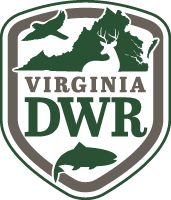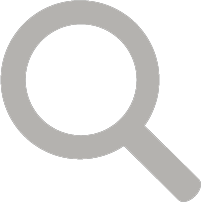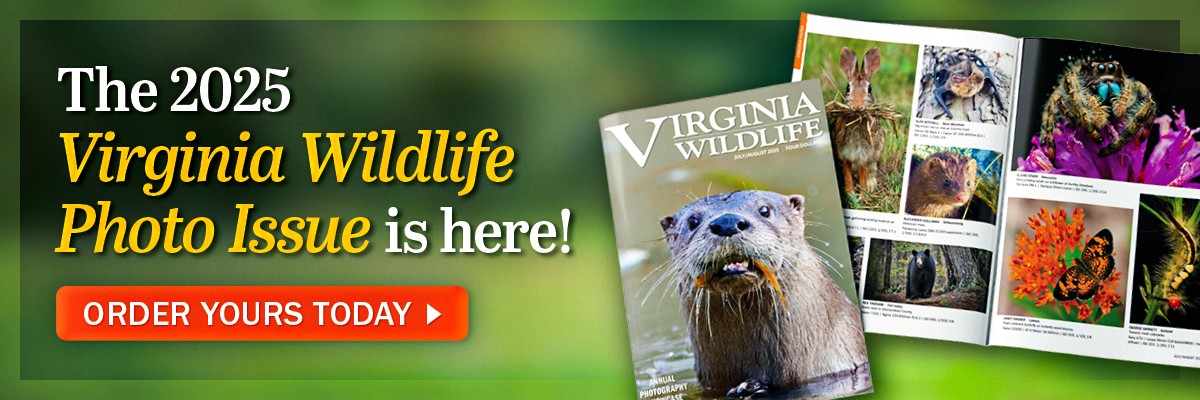By Stephen Living/DWR
Photos by Stephen Living/DWR
Argghhh…. aphids! The beautiful, native coral honeysuckle (Lonicera sempervirens) that I had planted for wildlife was covered in aphids.
It had really been coming into its own with lots of blooms, and I was looking forward to seeing lots of hummingbirds visiting to sip on nectar. Coral honeysuckle is a great native plant and one of the first that I added to my Habitat at Home. Now its leaves and flower buds were twisted, pale, and covered with mildew.
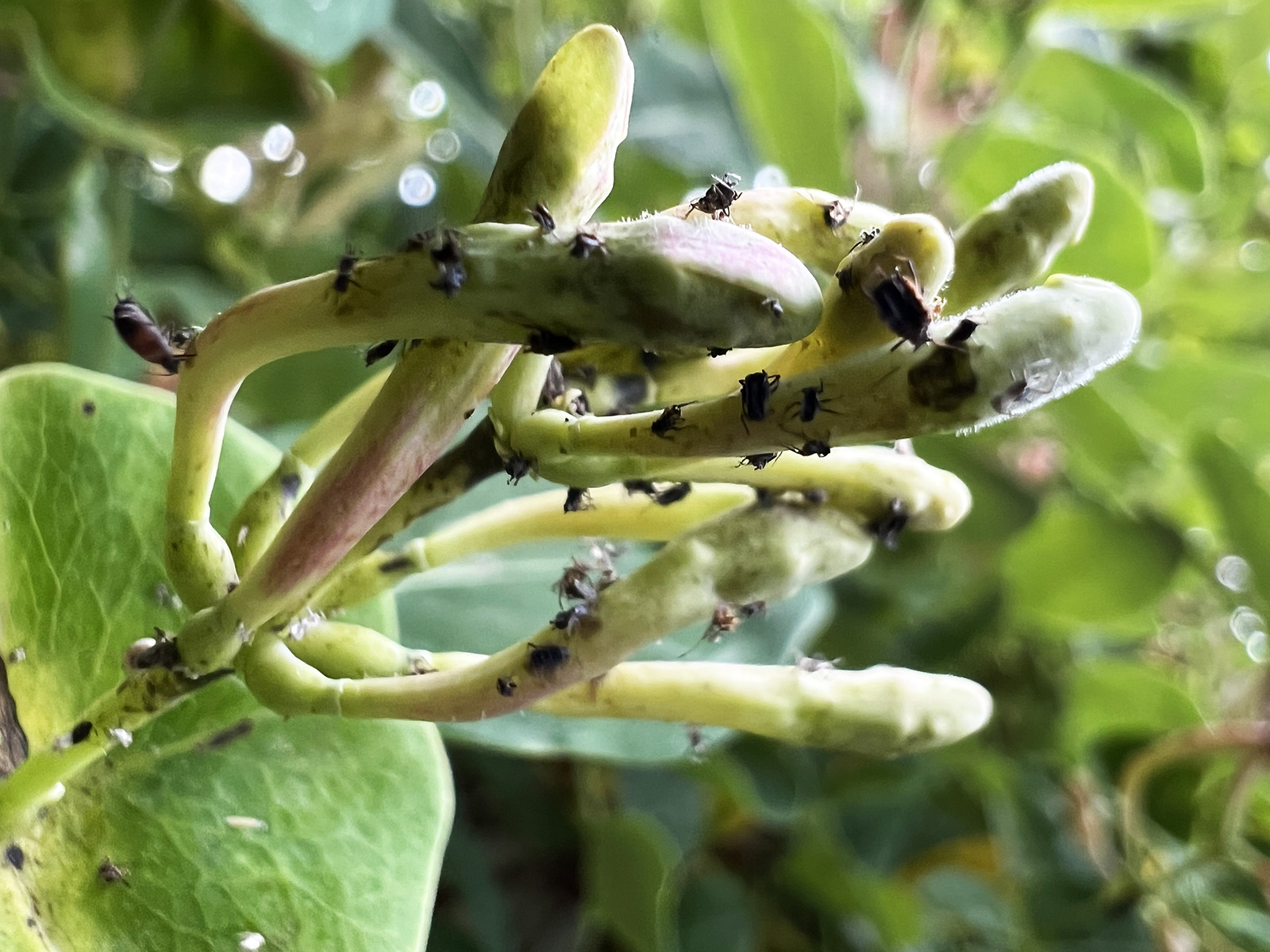
The offending aphids on the coral honeysuckle buds.
It’s not that I minded native critters feeding on my plants. Honestly that’s kind of the point—creating healthy food webs that support different species of wildlife. I had marveled at the bright green snowberry clearwing caterpillars that nibbled on the leaves before turning into adults sometimes called hummingbird moths. I had watched spring azure butterflies lay eggs and all manner of native insects busily going about their lives. This wasn’t some discreet nibbling though. Virtually overnight, my honeysuckle went from thriving to sad. The flowers that should develop into clusters of bright berries for the birds were curled up and contorted. It seemed that there wouldn’t be many berries this year.

The sad coral honeysuckle blooms.
What to do? Could I really sit back and watch this plant that provided so much for the wildlife in my yard wither? What about the Northern cardinals that liked to nest in the dense foliage? Would they come back if the leaves thinned out and provided less cover?

Did this call for drastic action? Products like insecticidal soap or neem oil are effective at reducing aphids. These products aren’t selective, though, and would affect all the native insects that call my honeysuckle home. Would the cure be worse than the disease?
As I pondered this dilemma, I looked closely at the leaves and flower buds. That’s when I noticed that the aphids weren’t the only insects to have moved in. Spiky red and black larva were all over the plant. These were multi-colored Asian lady beetle larva, and they were feeding on the aphids. These insects aren’t native, but are widely naturalized and tend show up wherever aphids do (there are also a number of native lady beetles that find aphids delicious). Peering more closely, I noticed clusters of delicate white filaments with small knobs. These were lacewing eggs—another voracious aphid predator—and these eggs looked like they’d already hatched. I’m sure that my hummingbirds had probably gotten in on the act as well. As much as 50 percent of a hummingbird’s diet is made up of small invertebrates like aphids.
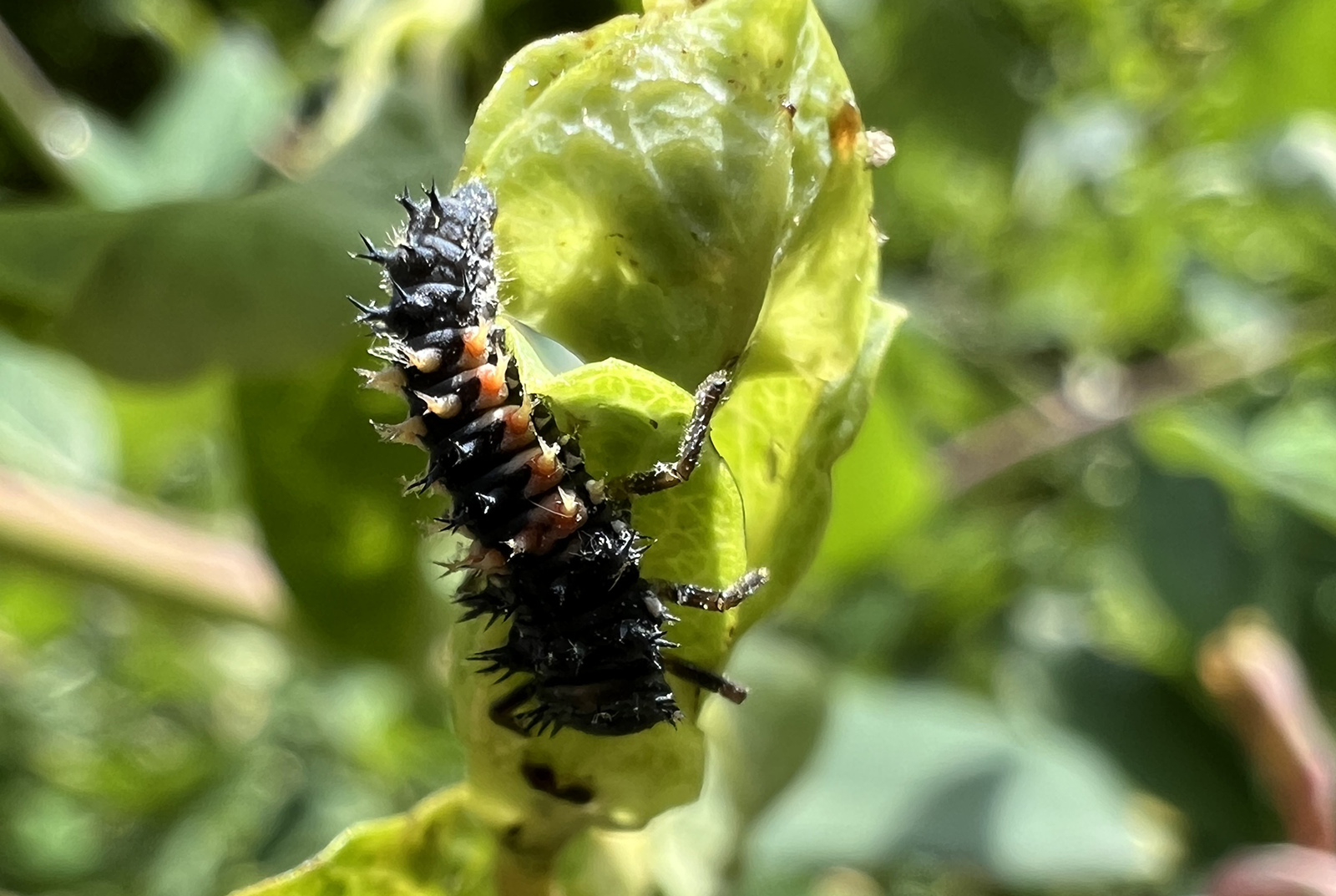
Asian lady beetle larva feeding on the aphids.

Lacewing eggs hanging from the coral honeysuckle.
It seemed like nature had beat me to the punch. Before I had even noticed the aphids were a problem, predators had moved in to take advantage of a new food source. By supporting a healthy food web with native plants, I had fostered a balanced system that didn’t require intervention.
As I took a moment to ponder how well this had worked out, I saw something flutter out of the corner of my eye. A butterfly had landed on the honeysuckle, and it was one I had only ever seen pictures of before. This unique butterfly was an American snout! Its elongated mouthparts give it the appearance of having a long beak.

The American snout butterfly that landed on my coral honeysuckle.
I was excited to see a new species in my habitat. Good thing I hadn’t run out to buy insecticide.
I’m happy to report that this year the honeysuckle is doing great with no signs of aphids so far. If that changes, instead of spraying, I’ll enjoy the chance to watch lacewing and lady beetle larva at work again.
Stephen Living is the Habitat Education Coordinator at the Virginia Department of Wildlife Resources.
